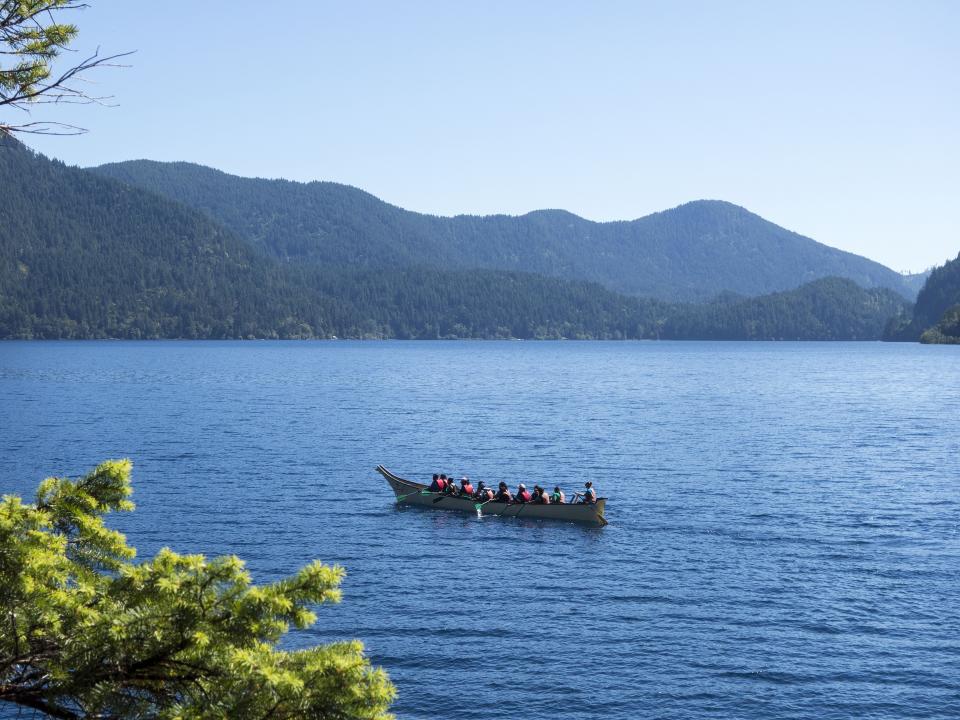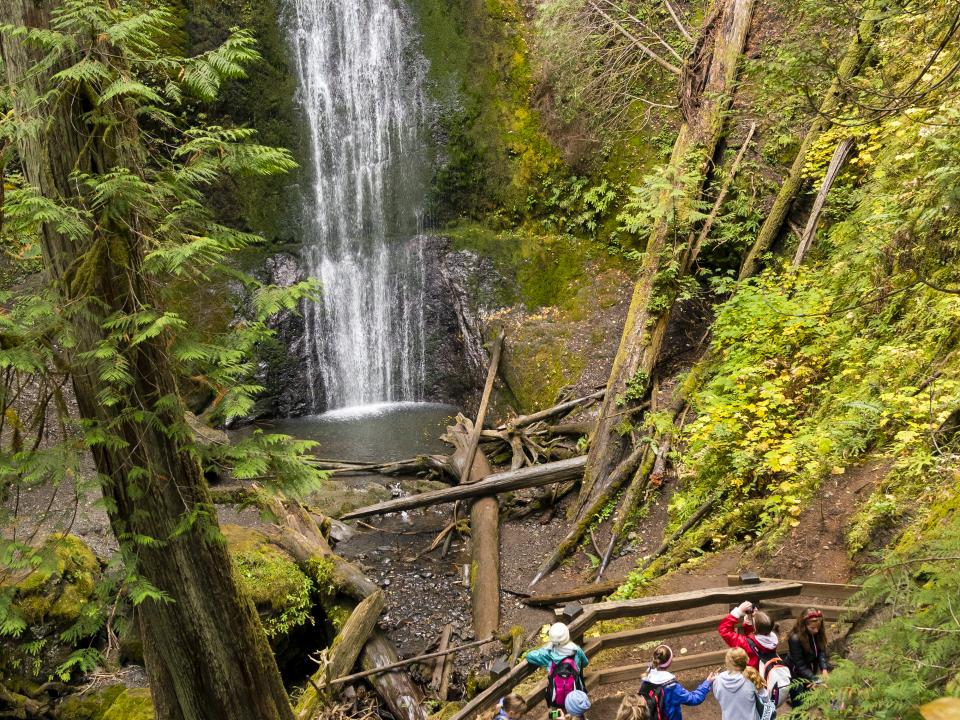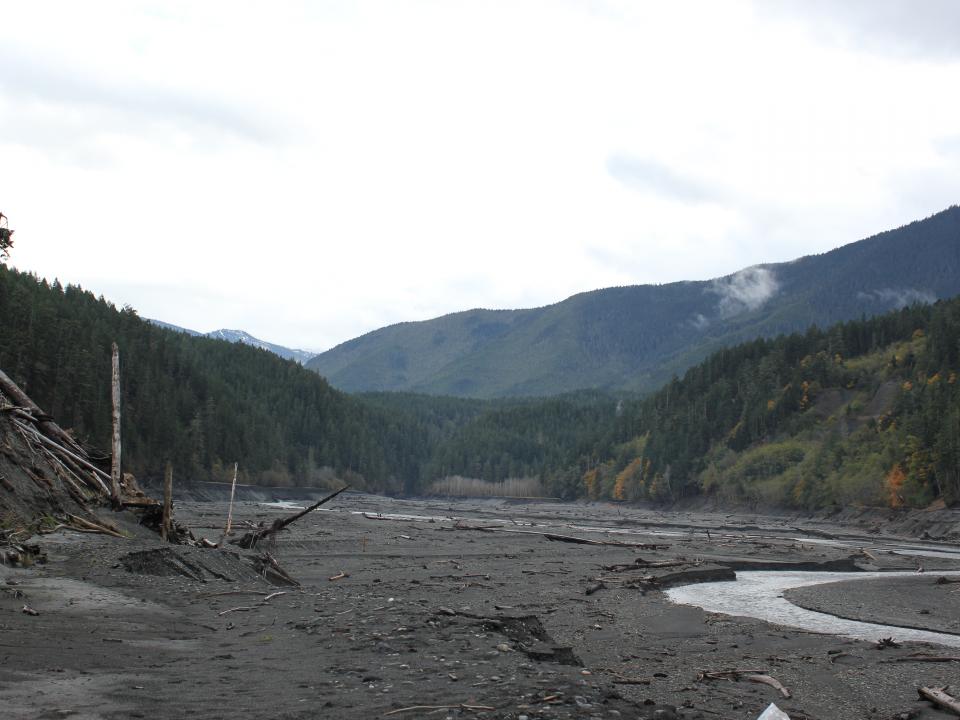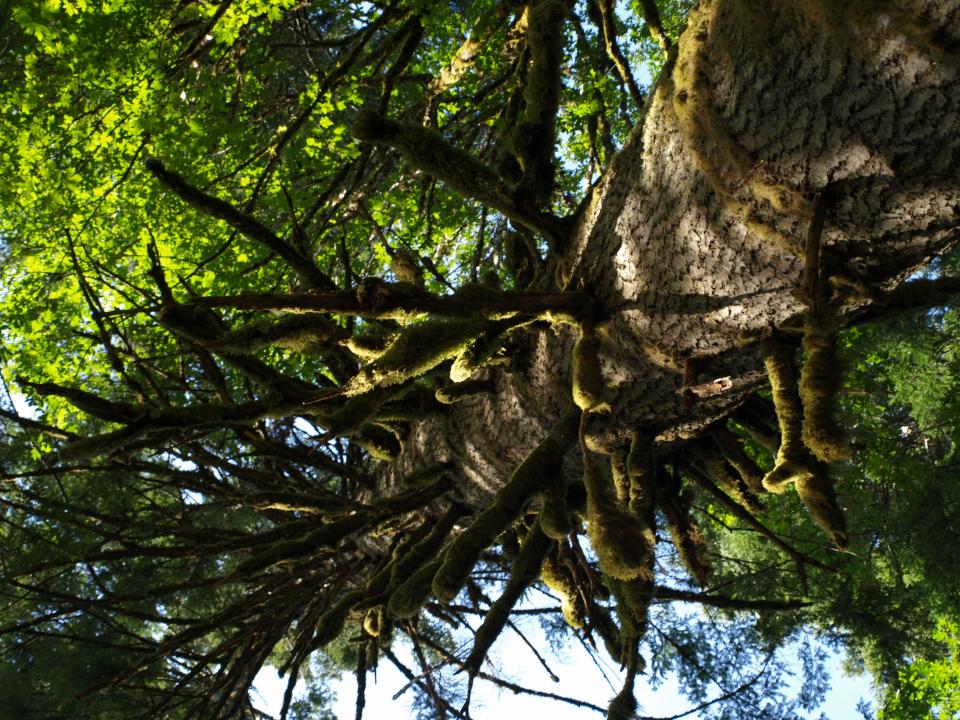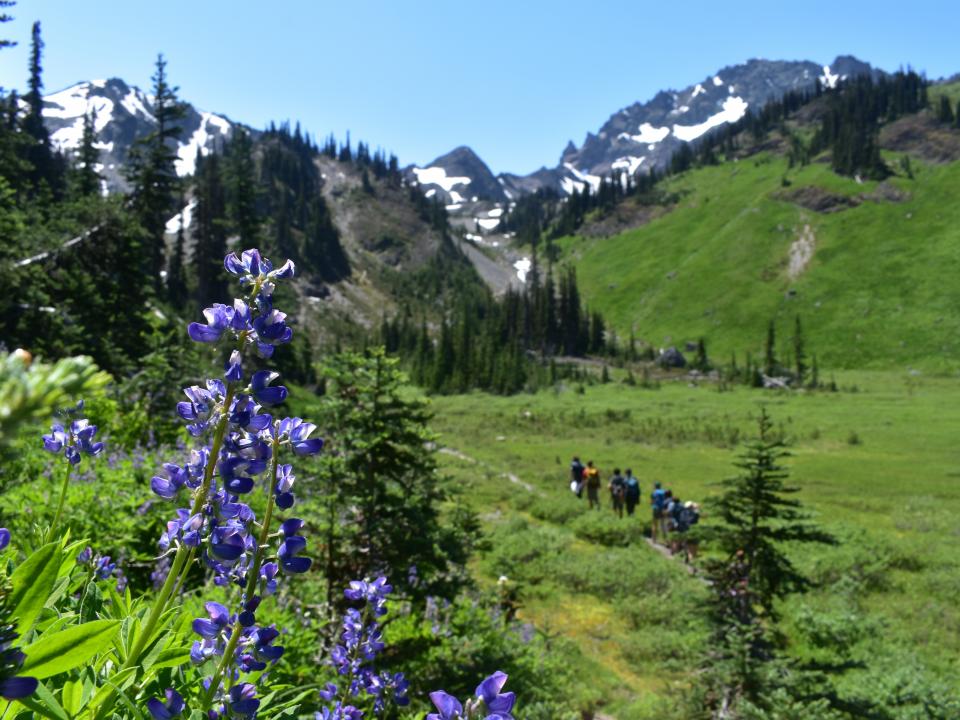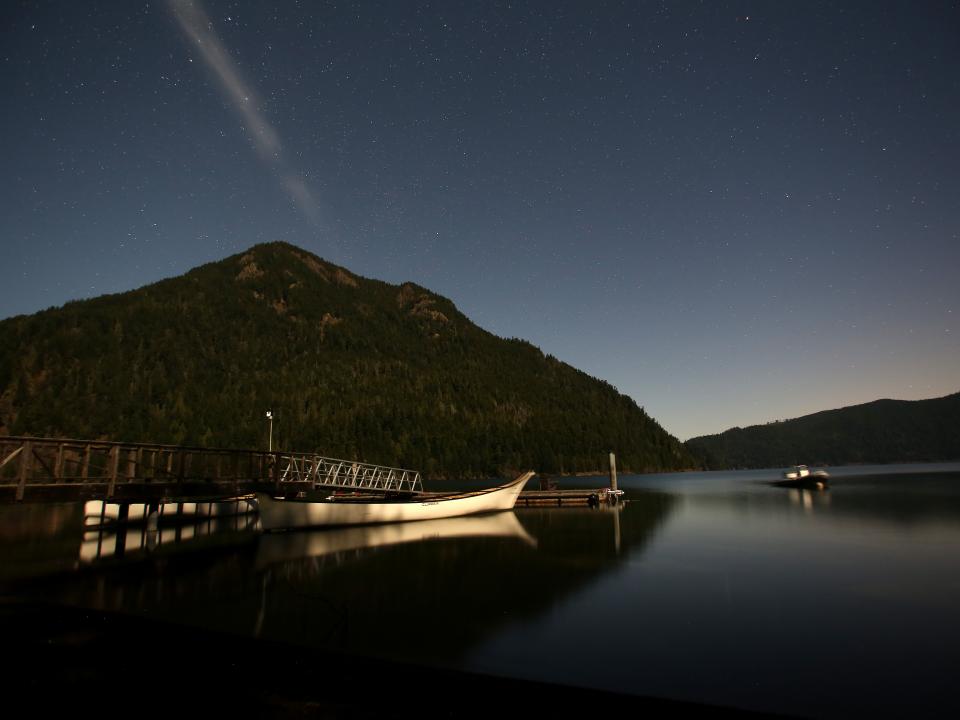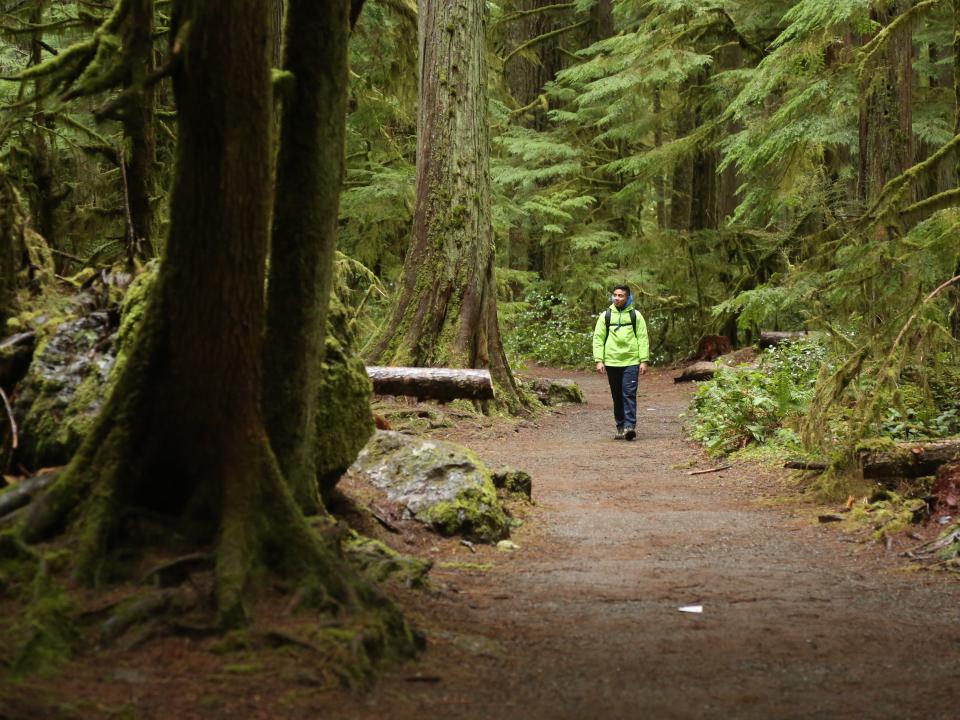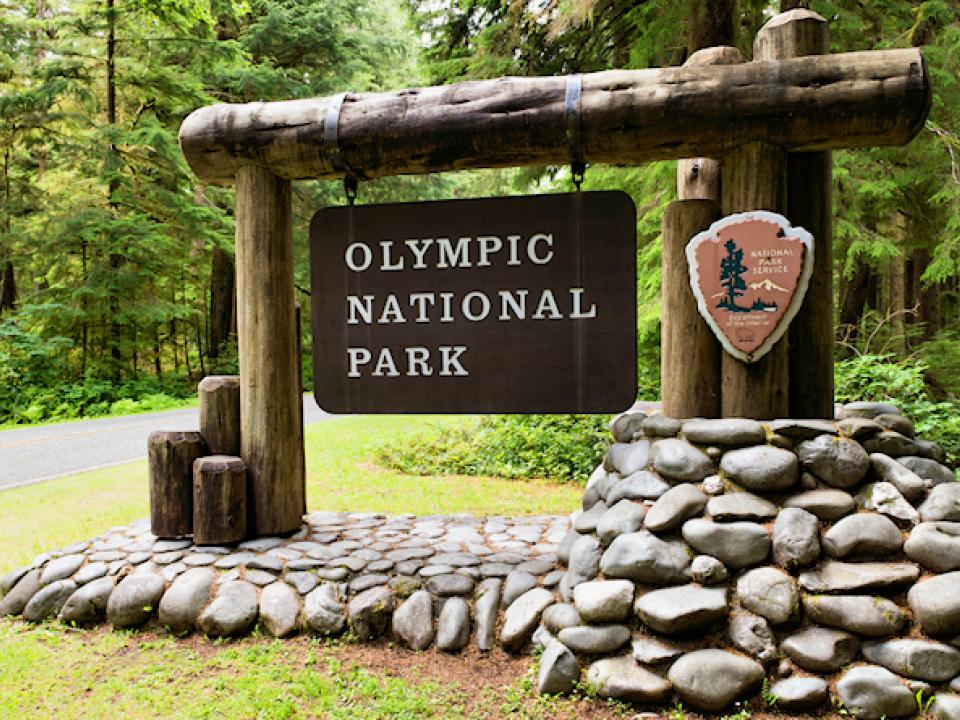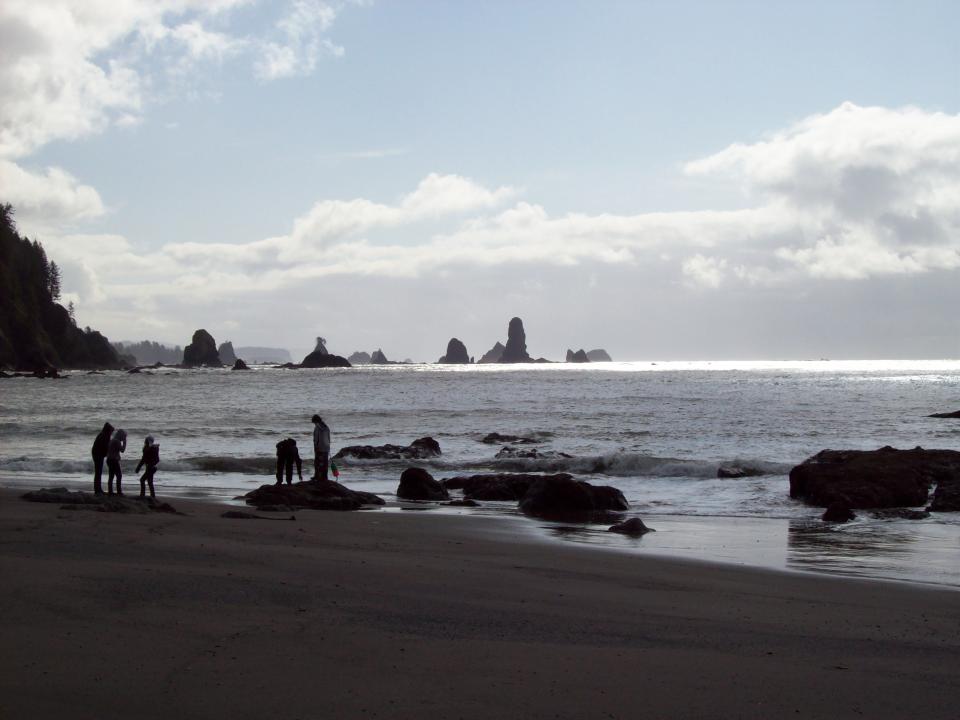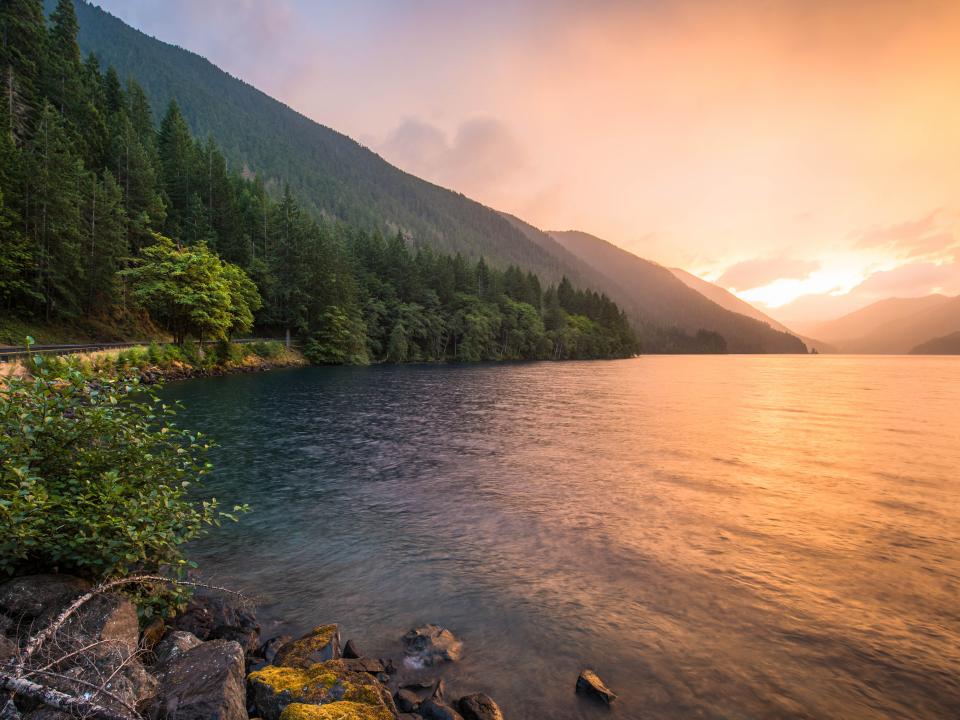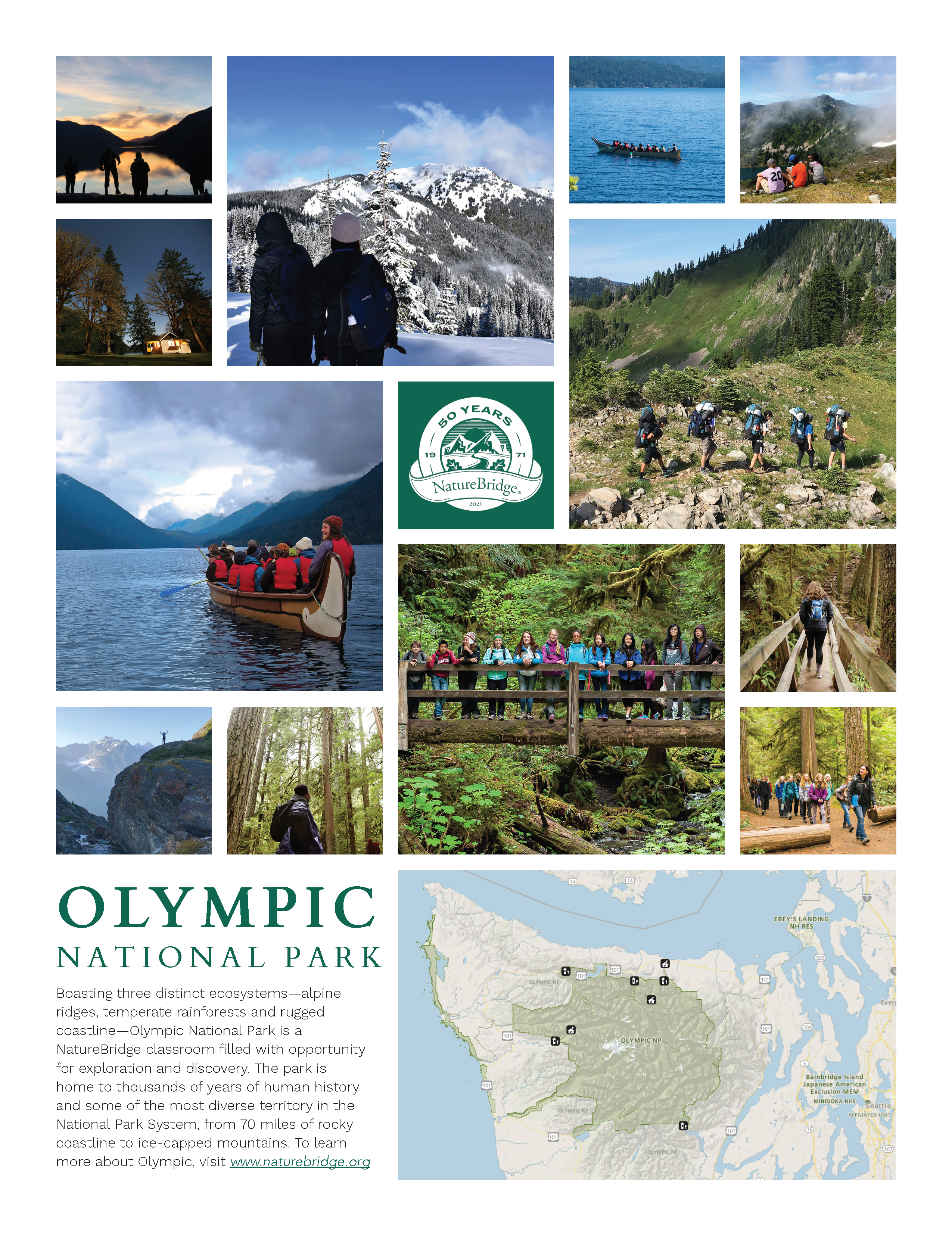Sense of Place Series: Welcome to Olympic National Park!
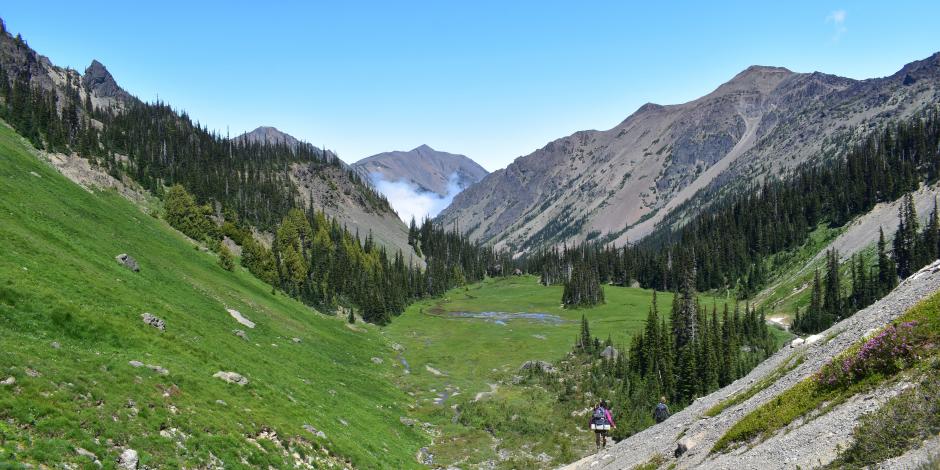
What is Sense of Place? All NatureBridge programs are structured so students develop a Sense of Place. Students connect with the place where their NatureBridge experience occurs and the people with whom they are sharing the experience. This creates a safe and comfortable environment that is conducive to learning and makes the experience relevant to students.
Welcome to… Olympic National Park
From the shores of the coast, through old-growth forests to alpine peaks, Olympic National Park (ONP) in Washington state presents students with the unique opportunity to investigate and understand complex ecosystems in an example of a temperate rainforest. Students learn about impacts of altitude on forest systems, environmental restoration and watershed health.
The Human Story
Olympic National Park is on the ancestral and present day homelands of the Lower Elwha Klallam, Jamestown S'Klallam, Makah, Quinault, Quileute, Skokomish, Hoh and the Queets tribes. They are the original caretakers of this land and have lived here for over 8,000 years!
Fast Facts
- 922,650 Acres
- 73 miles of Pacific Coastline
- 7,979 feet to the highest point in the park (Mt Olympus)
- 624 feet to the bottom of Lake Crescent
- 95% of the park is designated wilderness
- Location of the world’s largest dam removal
A (very brief) Timeline of ONP
- 1909 - Established as a National Monument by President Theodore Roosevelt (Mount Olympus National Monument)
- 1914 - Rosemary Inn construction completed
- 1938 - President Franklin D. Roosevelt re-designated the monument a national park
- 1968 - Lower Elwha Klallam Reservation is established
- 1987 - Olympic Park Institute Founded - First NatureBridge location outside of California
- 1988- First students attend overnight program in Olympic National Park
- 1992 - The Elwha River Ecosystem and Fisheries Restoration Act, or The Elwha Act, was enacted
- 2014 - Elwha River dams removed
NatureBridge Campus and Programs:
NatureBridge’s Olympic campus is located on the shores of the glacially carved Lake Crescent on Barnes Point, surrounded by beautiful forest.
On Barnes Point you can see many different trees and plants including Bigleaf maple, Douglas fir and Oregon grape. Barnes Point is also home to a lot of wildlife including black-tailed deer, Douglas squirrel and bald eagles.
Lake Crescent was formed by glaciers and a landslide. The lake is oligotrophic, meaning it has low levels of plant nutrients and abundant oxygen in deeper parts of the lake. This lake supports very little biodiversity, but it's super clear. Some animal species, like the Beardslee and Crescenti trout, are endemic to Lake Crescent - these trout live nowhere else on Earth!
Go Deeper
NatureBridge developed an entire virtual lesson on Sense of Place in Olympic National Park! Follow in the footsteps of students who have learned with us on this Guided Exploration, put together by NatureBridge educators. Please note Prezi does not work on cell phones or tablets.
